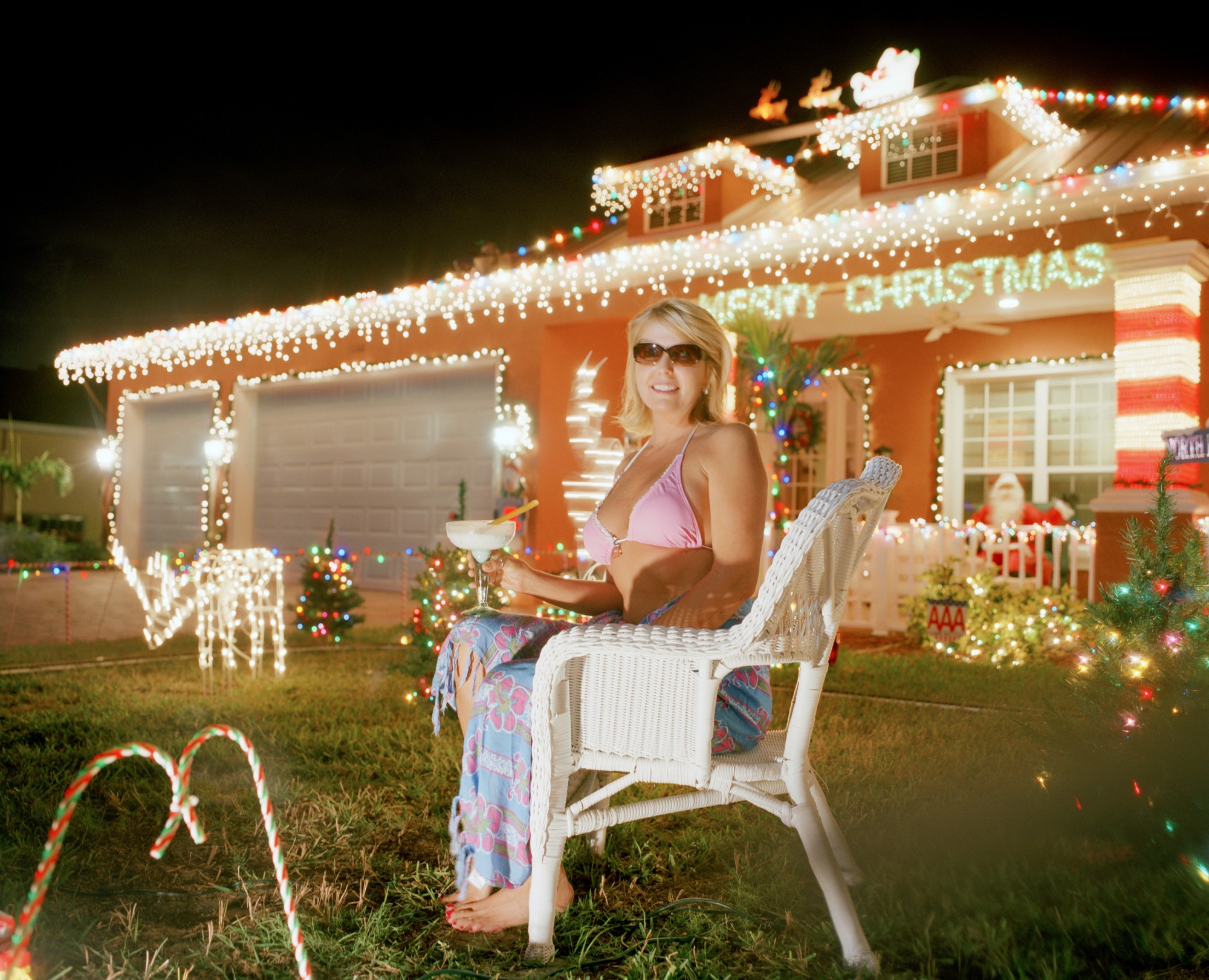According to a study conducted in 2015, the Christmas light displays that decorate front-lawns across America account for 6.63 billion kilowatt hours of electricity consumption. To put that number into context, the combined power of these holiday displays exceeds the annual electricity consumption of entire countries, such as El Salvador, Ethiopia and Tanzania. Look to photographer Danelle Manthey’s new photography book American Christmas, and you might get a better understanding of how this feat of excess is possible.
“When I was growing up in Sioux Falls, South Dakota, my family would pile into the car at Christmas time and drive around our town looking at houses covered in lights,” Danelle says. “Every year, the local paper has a map of the light displays. The streets have names like Candy Cane Lane, Church Lane and Penguin Lane, and all of the houses are decorated in the particular theme of that street.”
Danelle — a fine art photographer based in New York, who started her career assisting wedding photographers in Chicago, then San Francisco — may have grown up around these eye-watering displays, but it wasn’t until she returned home one Christmas as an adult that she became fascinated with their folk art-like qualities. “Entirely self-taught, the creators often do not view themselves as artists, yet create visceral, site-specific installations that should be recognised for their transcendent, highly skilled craft”, reads the book’s release.
Wedged into the backseat of her father’s car, her sister suggested she photograph the lights. “I responded that I’d be more interested in the people who decorate their homes than the decorations,” she says. “We drove on, and I didn’t think much more about it. A couple years later, I was thinking of a project to work on when I remembered the Christmas lights. My dad and niece found a few houses for me, and in 2003, I took my first shots. I was not happy with how they turned out, so I dropped the project. But in 2005, I decided to go back to Sioux Falls and try again.”
In the years that followed, Danelle spent most of her holidays on the road, photographing different light displays and the families behind them. With her book American Christmas out now — the conclusion of a decades-worth of work — we discussed with her the impulse behind this social study of authentic Americana.
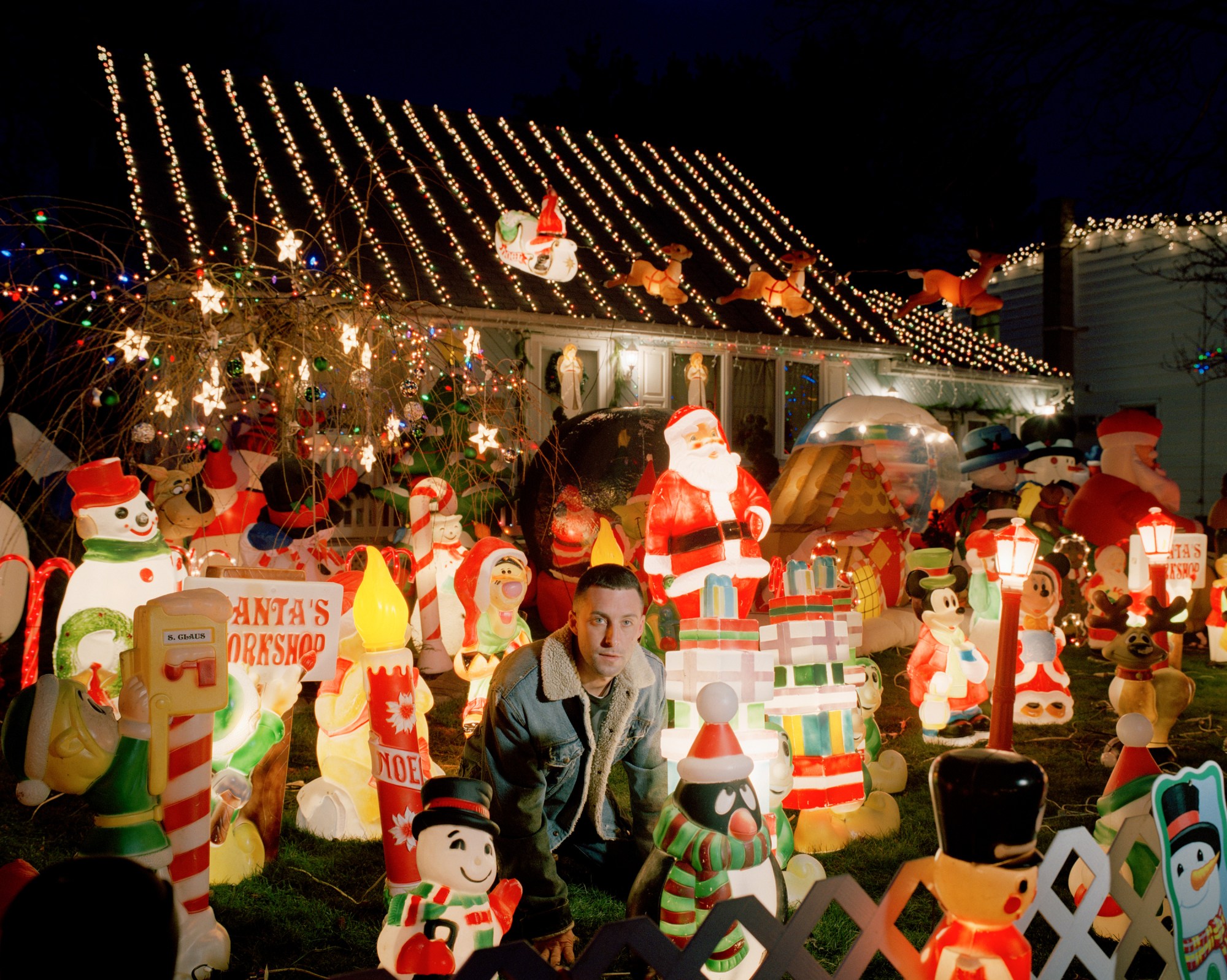
Tell us about how you began American Christmas, once you’d landed on the idea?
The first year, I wrote up a note about who I was and that I would like to photograph people with their lights. My dad and niece went around to houses they thought looked good and stuck the note in people’s doors and mailboxes. In the consecutive years, I would drive around looking for displays that I liked, knock on people’s doors, explain that I liked their lights and wanted to take their photo and then schedule a time to do so. Once I started planning in advance where I was going to go, I would go down a crazy Google rabbit hole of the area to find out who had the best displays.
What is it about the phenomenon of excessive Christmas lawn decorations that you find intriguing? What do you think these displays represent?
It’s not the phenomenon of excessive Christmas lawn decorations that I find intriguing. I find the people that do a free, temporary, site-specific public display for their neighbours intriguing. I’m not necessarily looking for the most excessive displays when I’m going to photograph people. I’m looking for displays that show character, that might be something different or region-specific. I’m looking to find out why the decorator takes the time each year to put on these displays for their community. For each person, there’s a different meaning. Some people want to draw attention to a certain charity, or they do it because it’s a reminder of a parent or childhood memory. Of course, the positive reinforcement from the community helps propel them to keep going as well.

What are your personal feelings towards Christmas?
Personally, I’m not a huge Christmas fan. It’s never been my favourite holiday as it’s filled with so much expectation for something material. What this project has brought me is a different understanding of the holiday. To give for the pleasure of others. That’s what the holiday should really be about, and is to so many people — certainly to the people that I’ve met and have graciously let me into their homes.
Are you interested in the study of modern America and the suburban family?
I am interested in the study of modern America but told through many different lenses. During the pandemic, I have mainly been living in the Catskills in NY, spending time photographing various people in my county and telling their story through photos and interviews of their experience. My goal is to get a wide-ranging swath of one area and the different perspectives that make up a community.

How does this fit into your wider body of work?
American Christmas fits into my wider body of work as the most grand-scale project I have done that touches on the types of themes that I like to explore. Where does someone fit into the wider world? How do they show themselves to the community? What motivates them to do what they do?
In my project Absence of Sound, I use portraits to tell a story of who someone is, where they come from, what they like to reveal — all using mostly empty settings. In Dear John, I take the viewer on a journey with my father, to see where he has lived and what these places and his experiences in them have taught him. I use the same horizontal format to get a sense of place so that we’re not just looking at him, but learning who he is from the locations throughout his life.
While American Christmas might seem more lighthearted than these other two projects, the themes are the same — a question of who someone is and how they got there. I’m endlessly fascinated by everyday people and the choices they’ve made to get them where they are. I try to touch on that in each of my projects.
‘American Christmas’ features the stories of over 40 families and individuals across 12 states. The book is available for purchase here.

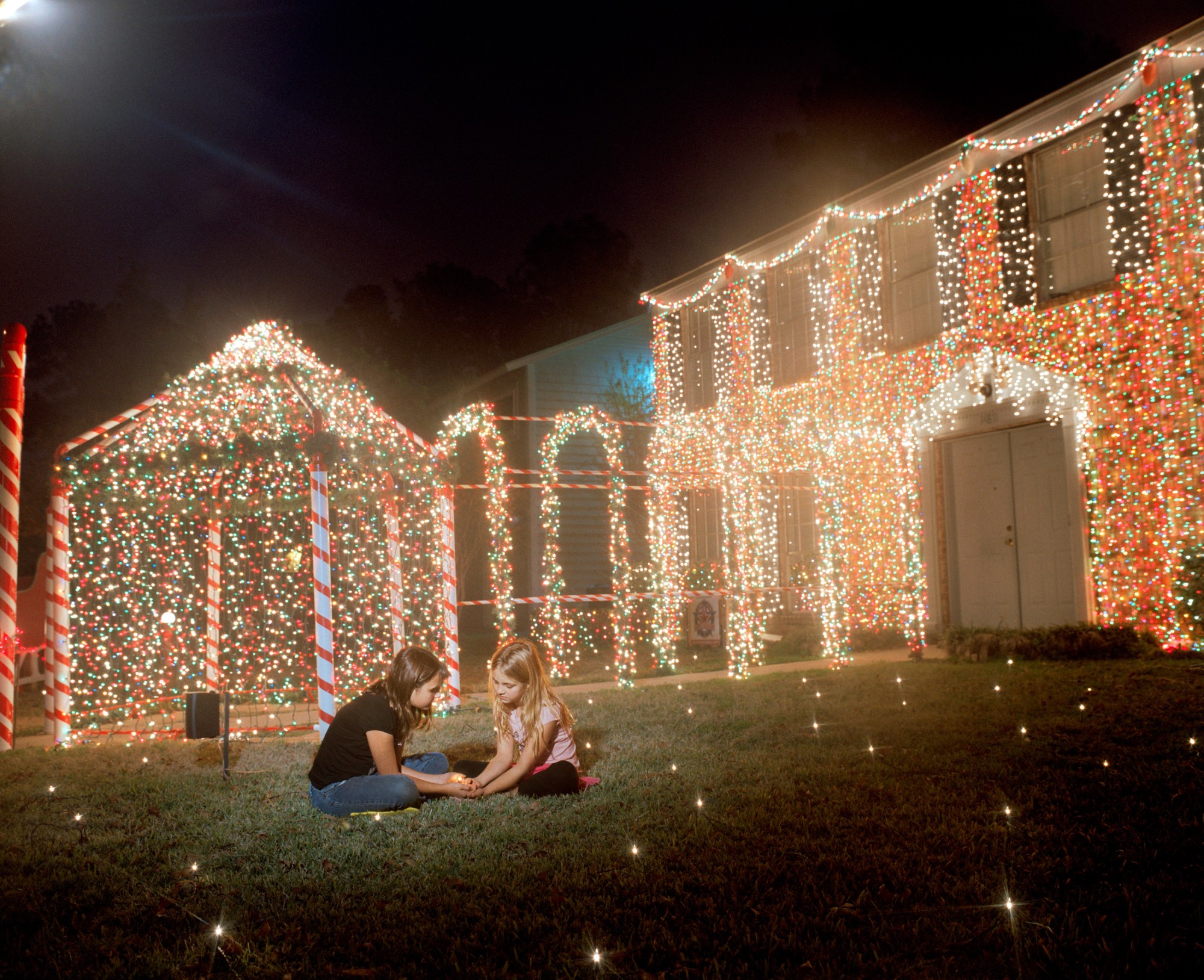
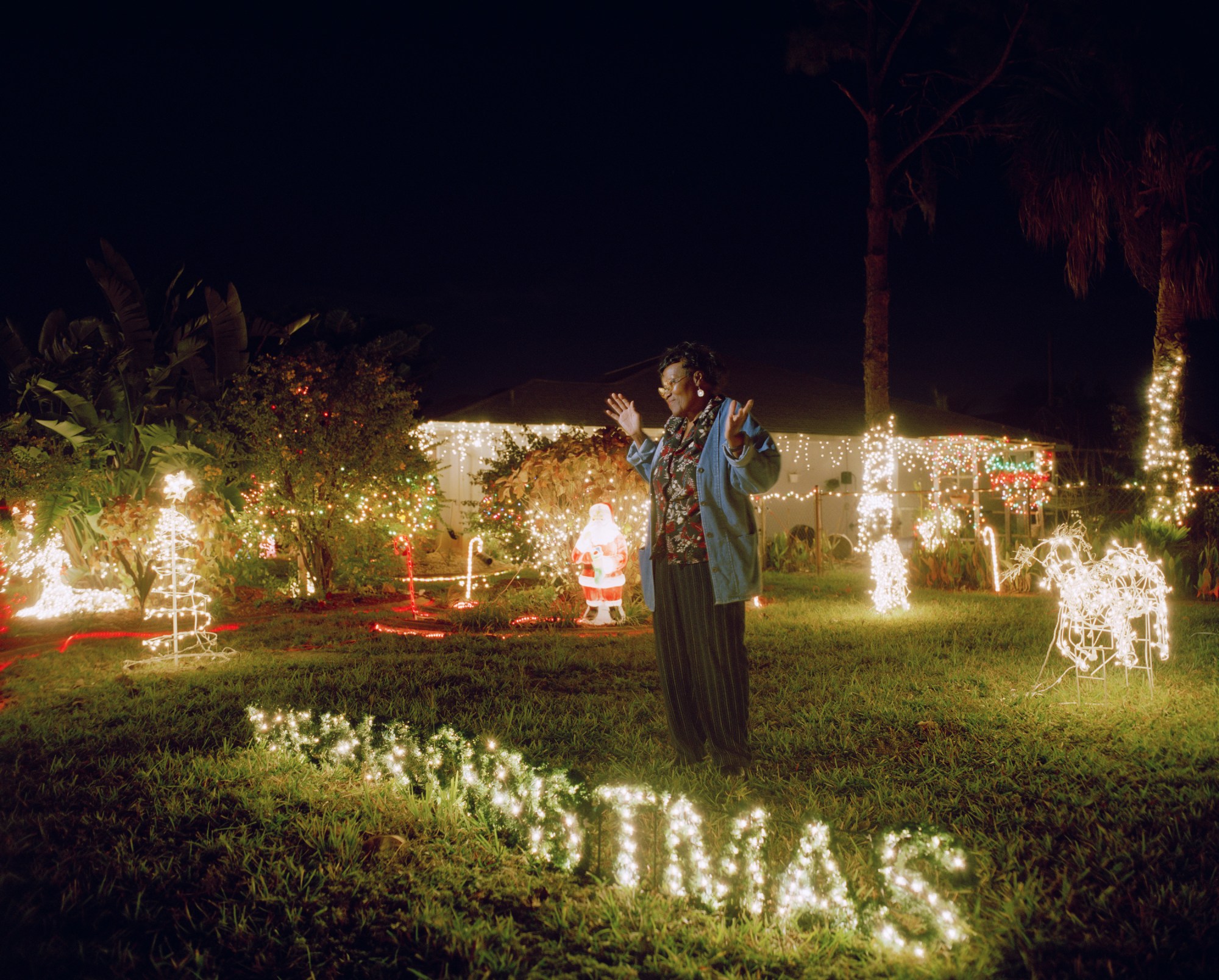
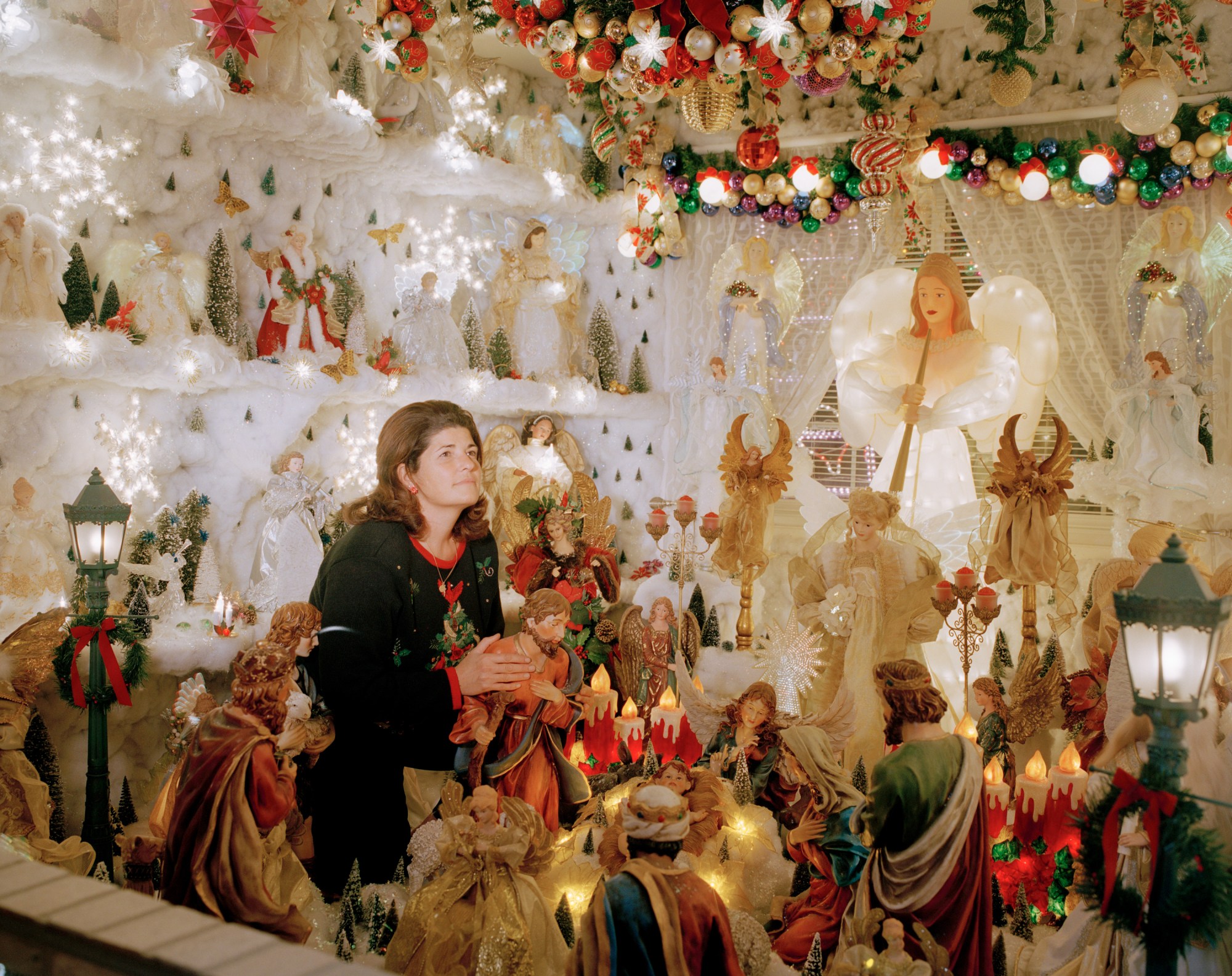
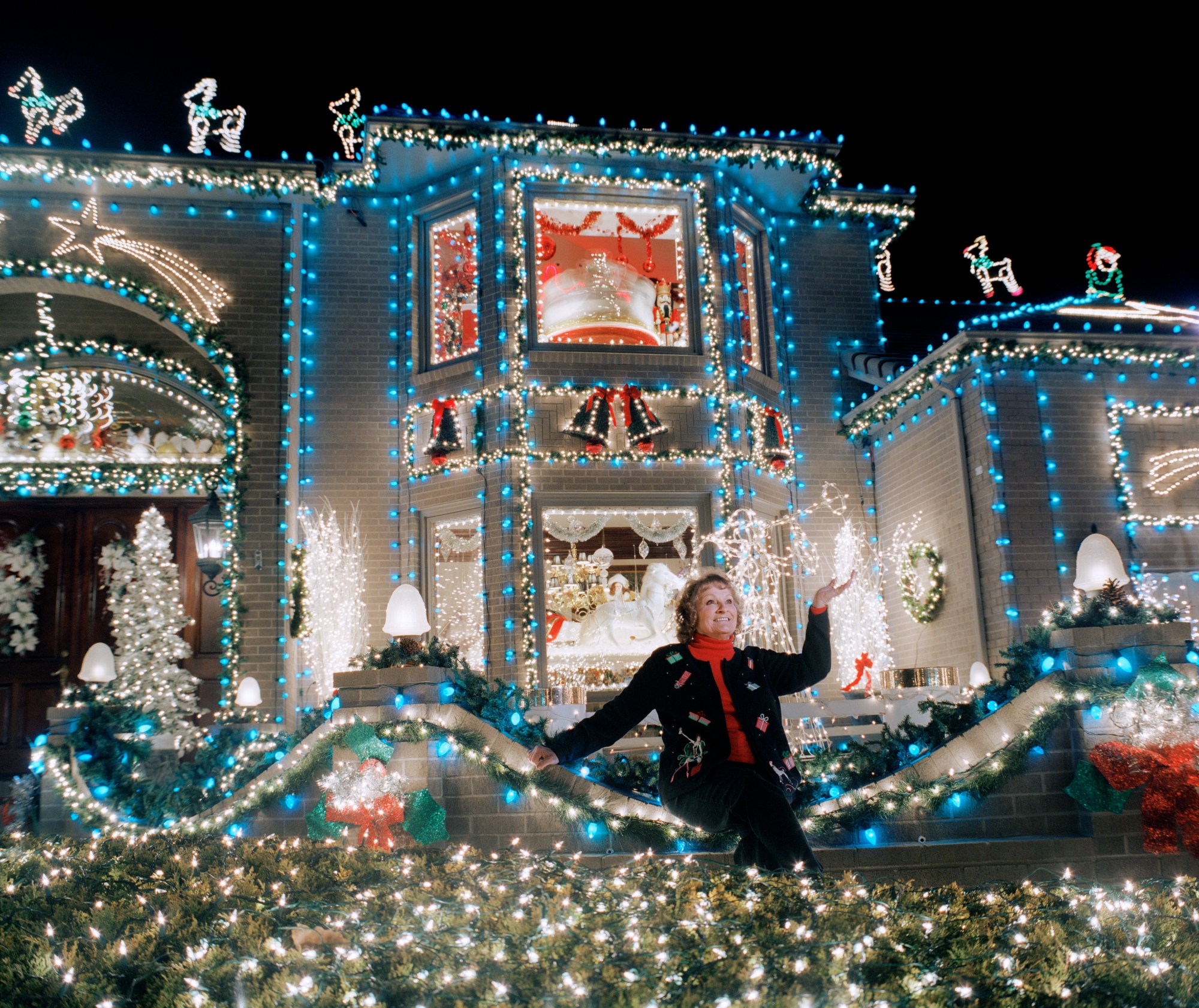
Credits
All images courtesy Danelle Manthey
